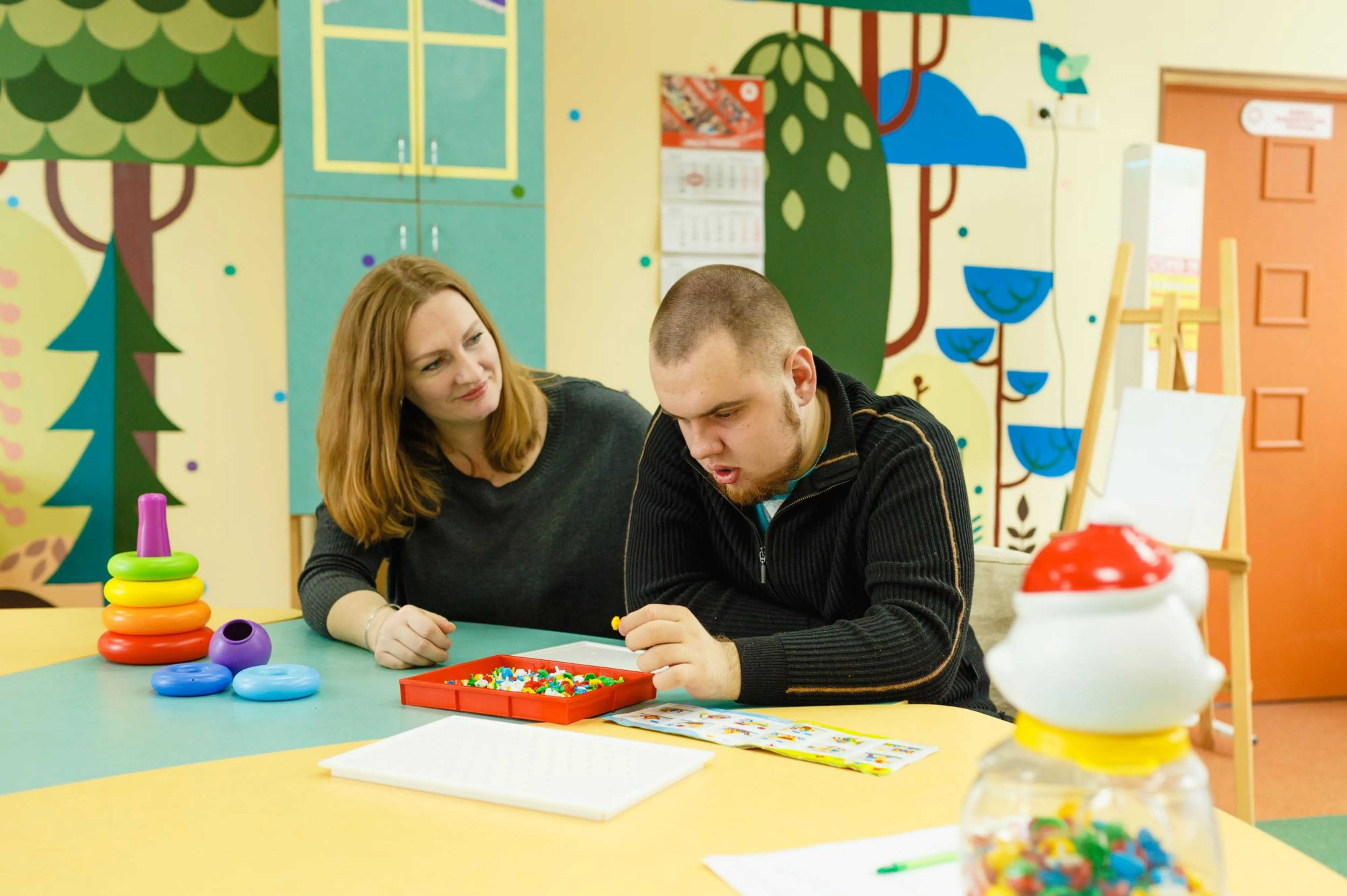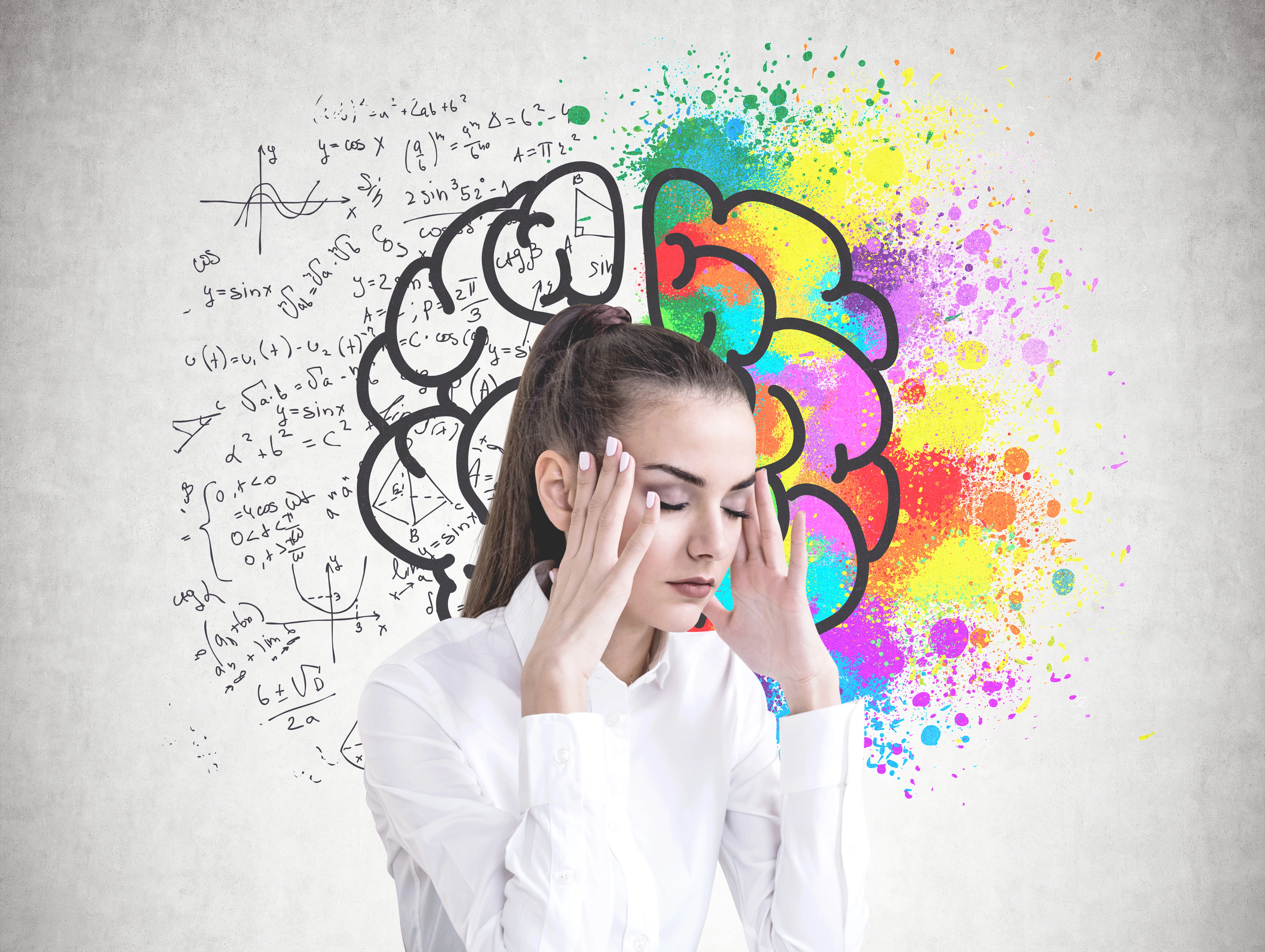
Understanding Gender Dysphoria (GD)
Gender Dysphoria (GD) is a complex and often misunderstood condition that affects individuals' understanding and experience of their gender identity. It's crucial to foster understanding and empathy around GD to support those navigating this challenging journey. In this blog post, we'll delve into what GD is, its signs, living with GD, and available treatments for both children and adults.
With Gender Dysphoria Therapy you can :
- Improve Focus and Concentration
- Increased Self-Esteem
- Enhanced Emotional Regulation
- Effective Coping Strategies
- Improved Relationships

"Finding Your Authentic Self: Compassionate Support on Your Gender Journey."

Professional Psychology Therapy You Can Choose
-

Select a Counselor
Select one of the highly qualified,verified and experienced counselors or nutritionists.
-

Book an Appointment
Schedule an appointment that best suits you.
-

Start Your Session
When it is time, start your journey from the comfort of your own home.
What Our Patients are Saying
Latest News & Blogs

ADHD And Menopause
Navigating the intersection of ADHD and menopause unveils a labyrinth of challenges and shared experiences....
Read More
ADHD And Childhood Trauma
ADHD and childhood trauma are two common and serious conditions that can affect...
Read More
Coping with ADHD
The neurodevelopmental condition, that sometimes occurs along with aphantasia ADHD , makes it challenging...
Read More
Signs of ADHD
ADHD is not as uncommon and the first step in this journey of self-discovery and power is identifying these telltale signs...
Read More
ADHD And Childhood Trauma
ADHD and childhood trauma are two common and serious conditions that can affect your...
Read More
ADHD and Autism
The link between ADHD and Autism might have been in your mind at one time or another. However, ..
Read More
Inattentive ADHD In Women
Inattentive ADHD in women often appears less noticeable, typically merging seamlessly into their life...
Read More
Bipolar Disorder And ADHD
Navigating the maze of Bipolar Disorder and ADHD can feel like deciphering overlapping puzzles within oneself...
Read More
Signs of ADHD in Toddler
You might as well have questions regarding the odd behavior your little one displays while in the toddler stage...
Read More
Hyperfocus ADHD
ADHD and hyperfocus can block out the noise and concentrate on one task with laser-focused attention...
Read More
ADHD And Depression
Understanding your ADHD brain and its connection to depression is the first step towards healing your inner...
Read More
ADHD Brain
ADHD brains can be difficult to manage but can also be a source of great strength and creativity.Individuals can thrive...
Read More
Living With Someone With ADHD
Living with a partner or loved one with ADHD brings forth a myriad of challenges that ripple through daily life.....
Read More
ADHD In Teens
ADHD symptoms in teenagers can manifest themselves in a variety of ways, affecting their academic, social, and personal....
Read MoreGender Dysphoria Counseling
What is Gender Dysphoria?
Gender Dysphoria (GD) is a psychological condition characterised by persistent and clinically significant distress or discomfort experienced by an individual due to a misalignment between their assigned gender at birth and their experienced or expressed gender identity. In simpler terms, it's the feeling of being at odds with the gender one was assigned at birth.
Understanding Gender Dysphoria requires sensitivity, empathy, and an acknowledgement of the diversity of human experiences with gender identity. Providing support and access to appropriate care for individuals experiencing Gender Dysphoria is crucial for their mental health and overall well-being.
What are the Signs of GD?
Signs of GD can vary widely among individuals and may present differently depending on factors such as age, cultural background, and personal circumstances. Here are some common signs and symptoms:
Persistent Discomfort or Discontent: Individuals with GD often experience persistent feelings of discomfort, unease, or distress regarding their assigned gender.
Desire for Affirmation of Gender Identity: People with GD may express a strong desire to be recognized and treated as a gender different from their assigned gender at birth.
Disconnection from Assigned Gender Roles: Individuals with GD may feel disconnected from the gender roles and expectations traditionally associated with their assigned gender.
Emotional Distress or Anxiety: Individuals may experience feelings of isolation, anxiety, loneliness, low self-esteem or alienation as they struggle to reconcile their internal sense of gender identity with external societal expectations.
Living with GD
Living with GD can be a complex journey, impacting various aspects of life. It's essential to engage in self-exploration, seeking understanding and acceptance of one's gender identity. Building a supportive network of friends, family, and allies can provide emotional validation and practical assistance in navigating challenges.
Accessing mental health services, particularly from professionals specialising in gender identity, such as gender dysphoria psychologists and transgender therapists near me, offers a safe space to explore feelings and develop coping strategies.
Counselling for gender dysphoria can address not only the dysphoria itself but also co-occurring mental health concerns such as depression and anger management. Education about gender identity, transgender experiences, and available resources empowers individuals to advocate for their needs and rights, while gender dysphoria counselling provides tailored support. Exploring gender-affirming practices, such as clothing and self-expression, can help alleviate dysphoria. Prioritising self-care activities and connecting with the transgender community are vital for mental, emotional, and social well-being.
Treatment for GD in Children and Young People
Treatment for GD in children and young people typically involves a multidisciplinary approach aimed at supporting their gender exploration and alleviating distress.
Therapy and Counselling: Mental health professionals experienced in working with gender-diverse youth can provide individual or family therapy to support children and young people in exploring their gender identity, expressing their feelings, and coping with any associated distress.
Gender-Affirming Care: Gender-affirming care involves affirming and supporting a child's gender identity through actions, language, and interventions. Gender-affirming care also includes providing access to medical interventions when appropriate and desired by the child and their family.
Social Transition: Some children and adolescents may undergo a social transition, where they begin to live as their affirmed gender in everyday life. This may involve changes such as using a different name and pronouns, presenting in their affirmed gender at school and social events, and using gender-segregated facilities (e.g., bathrooms, locker rooms) that align with their gender identity. For those struggling with behaviour problems, addiction, eating disorder, or self-harm, navigating a social transition can be particularly challenging.
Supportive Environments: Creating supportive and inclusive environments in schools, communities, and other social settings is essential for the well-being of gender-diverse youth.
Treatment for GD in Adults
Treatment for GD in adults typically involves a combination of therapeutic, medical, and social interventions aimed at alleviating distress and helping individuals live authentically in alignment with their gender identity. Here are some key components of treatment:
Therapy and Counselling: Therapy can provide a safe space for exploring feelings, addressing internalised stigma or shame, developing coping strategies, and navigating challenges related to gender identity, relationships, and societal acceptance.
Hormone Replacement Therapy (HRT): For individuals seeking medical intervention to align their physical characteristics with their gender identity, HRT may be prescribed. Transmasculine individuals may receive testosterone therapy, while transfeminine individuals may receive oestrogen therapy.
Gender-Affirming Surgeries: Some individuals with GD may choose to undergo gender-affirming surgeries (also known as sex reassignment surgery or gender confirmation surgery) to modify their physical characteristics to better align with their gender identity.
Social Transition: Adults with GD may choose to socially transition to live full-time in their affirmed gender role. This may involve changes such as adopting a new name, using different pronouns, updating legal documents (e.g., driver's licence, passport), and navigating social interactions and relationships in alignment with their gender identity.
Supportive Services and Resources: Access to supportive services and resources is essential for individuals with GD, particularly those facing challenges such as anger management and emotional abuse. This may include peer support groups, community organisations, online forums, and educational materials that provide information, validation, and connection with others who understand their experiences. These resources offer a supportive network where individuals can find understanding, guidance, and strategies for managing their emotions and navigating difficult situations.
Hormone Therapy for GD
Hormone replacement therapy (HRT), is a common medical intervention used to alleviate GD by aligning an individual's physical characteristics with their gender identity.
Masculinizing Hormone Therapy: Transmasculine individuals often undergo testosterone therapy to induce masculinizing effects such as deepening of the voice, increased facial and body hair growth, redistribution of body fat, muscle development, and cessation of menstrual periods.
Feminizing Hormone Therapy: Transfeminine individuals typically undergo oestrogen therapy to induce feminising effects such as breast development, redistribution of body fat to a more feminine pattern, softening of skin, and reduction in body hair growth.
Hormone Blockers: These medications temporarily suppress the production of sex hormones (testosterone or oestrogen) to delay puberty, providing more time for the individual to explore their gender identity before making decisions about hormone therapy or other medical interventions.
Monitoring and Adjustments: Individuals undergoing hormone therapy for GD require regular monitoring by healthcare providers specialising in transgender healthcare.
Effects and Timeline: Masculinizing hormone therapy typically leads to physical changes over a period of months to years, while feminising hormone therapy may result in noticeable changes over several months.
Coming Out as Transgender
Coming out as transgender is a deeply personal and courageous journey where individuals express their true gender identity to others. This process involves sharing one's authentic self with friends, family, and the broader community.
Before Coming Out
- Self-Discovery
- Build Your Support System
- Consider Your Safety
- Decide How You Want to Come Out
Coming Out
- Be Yourself
- Start with Someone You Trust
- Prepare What You Want to Say Use Clear Language
- Be Patient
How Can Counselling Help with GD?
Counselling offers crucial support for individuals with GD by providing a safe and affirming space to explore their gender identity, address emotional struggles, and develop coping strategies.
Accessing mental health services from professionals who are knowledgeable and supportive of transgender identities, and seeking counselling for gender dysphoria, is crucial for individuals navigating gender-related challenges. Therapy for GD offers a confidential and affirming environment where individuals can explore their feelings, address distress, and develop effective coping strategies. Furthermore, individuals can receive comprehensive support for GD through a personalised treatment plan tailored to their specific needs and preferences.
Gender dysphoria therapists trained in gender-affirming care guide clients through the process of self-exploration, validating their experiences and feelings while helping them navigate questions of identity and authenticity. Counselling equips individuals with GD with coping strategies to manage dysphoria and navigate transitions such as coming out and socially transitioning. It also addresses co-occurring mental health concerns, supports relationships with family and peers, and connects individuals with valuable resources and support networks within the transgender community. Ultimately, counselling empowers individuals to cultivate resilience, self-acceptance, and well-being on their journey toward living authentically as their true selves.
Getting Help from TimeToBetter
TimeToBetter offers comprehensive support for individuals with GD through its online therapy for transgender individuals, as well as nutrition coaching and life coaching services. With highly qualified and professional counsellors, nutritionists, and life coaches, TimeToBetter provides a safe and non-judgmental space to address emotional, psychological, and nutritional challenges. Their qualified counsellors are experienced in helping individuals navigate personal issues, family conflicts, relationships, and stress, while promoting positive communication and healthier living. Additionally, TimeToBetter offers couple therapy for those navigating relationship challenges. The nutrition coaching service supports individuals in rebalancing their bodies, addressing hormonal imbalances, and improving overall health and well-being. This holistic approach to care addresses the diverse needs of individuals with GD, including those with co-occurring conditions such as autism.



